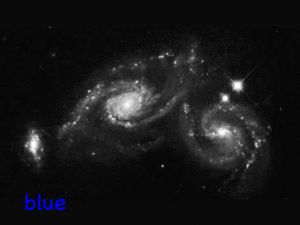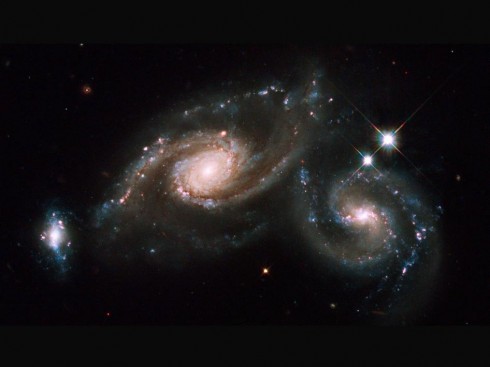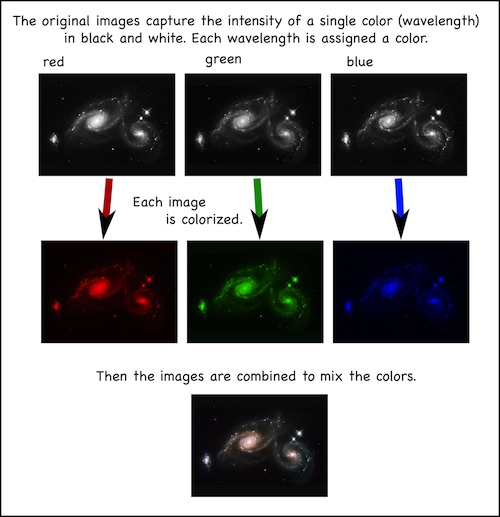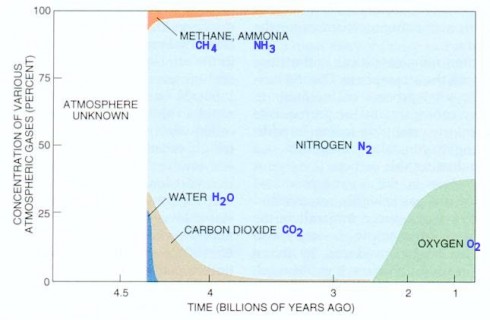
The eye’s lens is pretty good at blocking ultra-violet light, so when Claude Monet (whose works we visited earlier this year) had the lens of his eye removed he could see a little into the ultra-violet wavelengths of light.
Monet’s story is in a free iPad book put out by the Exploratorium of San Francisco called Color Uncovered (which I have to get). Carl Zimmer has a review that includes more details about Monet and how the eye works.
P.S.: All of Monet’s works can be found on WikiPaintings, a great resource for electronic copies of old paintings (that are out of copyright).




